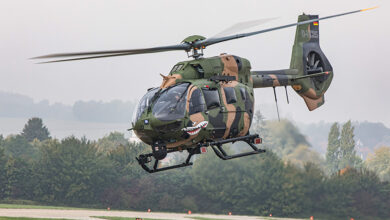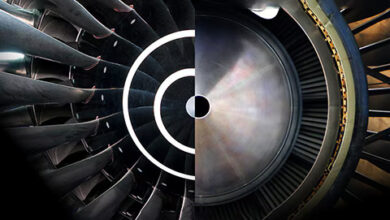ISRO achieves yet another success in the RLV Landing Experiment
By R. Anil Kumar
-
Pushpak, an SUV-sized winged rocket dubbed the “Swadeshi Space Shuttle“, successfully landed on a runway in Karnataka this morning, marking a major milestone in the country’s attempt to enter the reusable rocket segment
-
The rocket was dropped from an Air Force helicopter as part of the test
-
The outcomes of the test were “excellent and precise”, said sources in the Indian Space Research Organisation (ISRO)-Chief S. Somanath
-
“The Pushpak launch vehicle is India’s bold attempt to make access to space most affordable,” Mr. Somanath had earlier asserted
Bangalore, March 22. ISRO has achieved a major milestone in the area of Reusable launch vehicle (RLV) technology, through the RLV LEX-02 landing experiment, the second of the series, conducted at Aeronautical Test Range (ATR), Chitradurga in Karnataka on March 22 at 7:10 hrs IST.
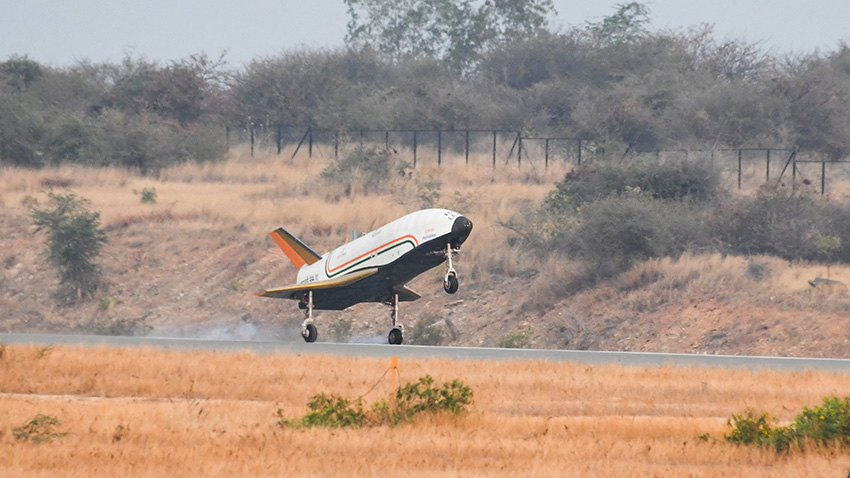
After the RLV-LEX-01 mission was accomplished last year, RLV-LEX-02 demonstrated the autonomous landing capability of RLV from off-nominal initial conditions at release from Helicopter.
The RLV was made to undertake more difficult manoeuvres with dispersions, correct both cross-range and downrange and land on the runway in a fully autonomous mode.
The winged vehicle, called Pushpak, was lifted by an Indian Airforce Chinook helicopter and was released from 4.5 km altitude.
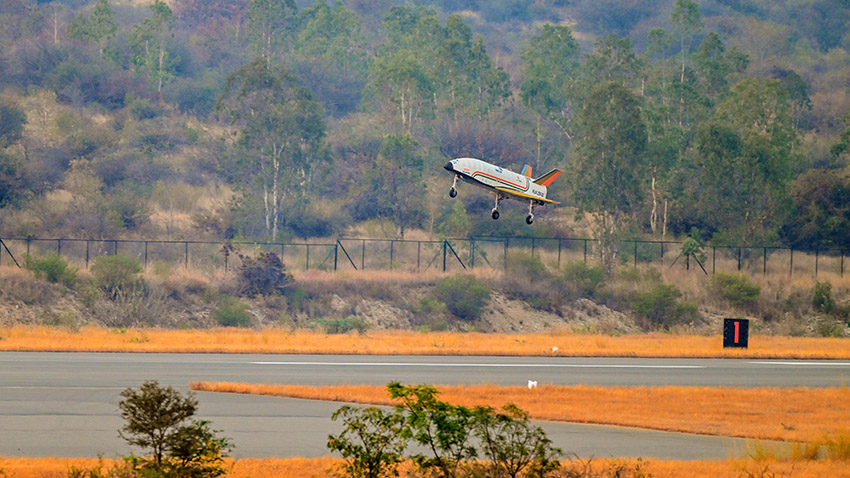
After release at a distance of 4 km from the runway, Pushpak autonomously approached the runway along with cross-range corrections. It landed precisely on the runway and came to a halt using its brake parachute, landing gear brakes and nose wheel steering system.
This mission successfully simulated the approach and high-speed landing conditions of RLV returning from space. With this second mission, ISRO has re-validated the indigenously developed technologies in the areas of navigation, control systems, landing gear and deceleration systems essential for performing a high-speed autonomous landing of a space-returning vehicle.
The winged body and all flight systems used in RLV-LEX-01 were reused in the RLV-LEX-02 mission after due certification, clearances. Hence reuse capability of flight hardware and flight systems is also demonstrated in this mission. Based on the observations from RLV-LEX-01, the airframe structure and landing gear were strengthened to tolerate higher landing loads.
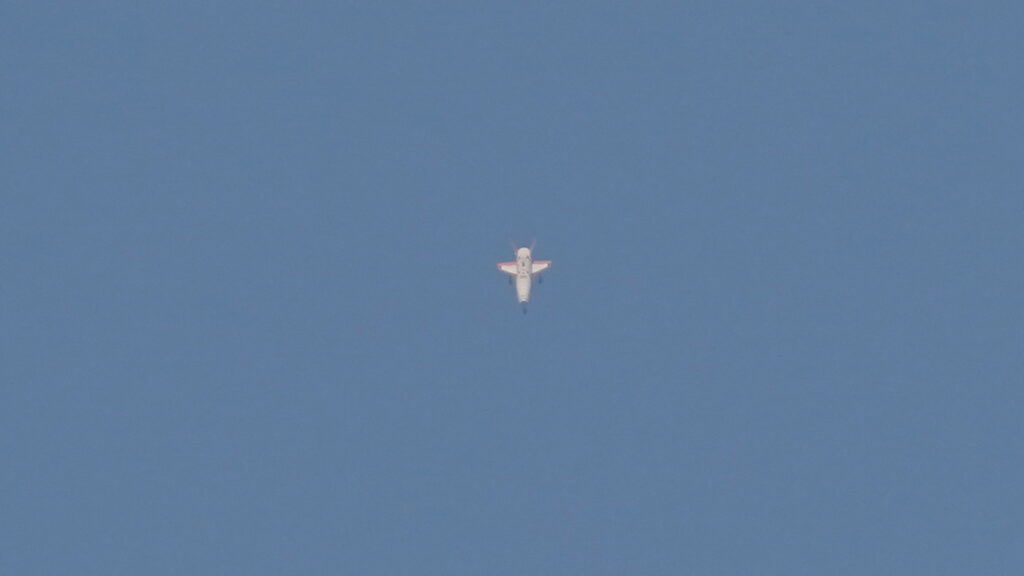
The mission was accomplished by Vikram Sarabhai Space Centre (VSSC) along with the Liquid Propulsion System Centre (LPSC) and the ISRO Inertial Systems Unit (IISU). Collaboration from various agencies including IAF, ADE, ADRDE and CEMILAC contributed to the success of this mission. Shri S. Somanath, Chairman, ISRO and Secretary, DOS, congratulated the team for the flawless execution of this complex mission.
On the success of the landing experiment, Director VSSC Dr S Unnikrishnan Nair mentioned that through this repeated success, ISRO could master the terminal phase manouvering, landing and energy management in a fully autonomous mode, which is a critical step towards the future Orbital Re-entry missions
The team was guided by Sunil P, Programme Director, Advanced Technology and Systems Programme, VSSC. J Muthupandian, Project Director, RLV was the Mission Director and B Karthik, Deputy Project Director, RLV was the Vehicle Director for this mission.
For the success of this experiment, ISTRAC provided tracking support, SAC provided a Pseudolite system and a Ka-band Radar Altimeter, LPSC offered all pressure sensors on the wing body, IISU provided navigation hardware and software and an integrated solution.
Metrological and wind measurement support was provided by SDSC-SHAR, and URSC offered ground power support.
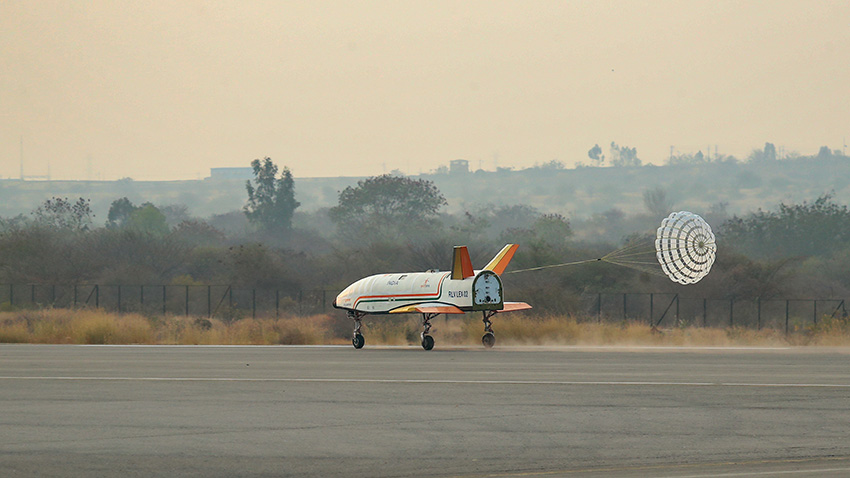
“The Pushpak launch vehicle is India’s bold attempt to make access to space most affordable,” Mr. Somanath had earlier asserted.
Pushpak being dropped from an Air Force helicopter as part of the test.
“It is India’s futuristic Reusable Launch Vehicle, where the most expensive part, the upper stage, which houses all the expensive electronics, is made reusable by bringing it back safely back to Earth.
Later, it could even do refuelling of in-orbit satellites or retrieving satellites from orbit for refurbishment. India seeks to minimise space debris and Pushpak is one step towards that as well,” he had said.
RVL flew for the first time in 2016 and successfully landed on a virtual runway in the Bay of Bengal. As per the plan, it sank in the sea and was never recovered. A second test was successfully conducted in 2023 when winged rocket was dropped from air by a Chinook Helicopter for an autonomous landing.
The rocket draws its name from the ‘Pushpak Viman’ mentioned in the Ramayana, known to be the vehicle of the Lord of Wealth, Kubera, according to Mr. Somanath.
The making of the space shuttle by a dedicated team of engineers and scientists began 10 years ago. The 6.5-meter aeroplane-like craft weighs 1.75 tons. During its descent, small thrusters help the vehicle navigate to the exact spot where it is supposed to land. The government has invested over ₹100 crore in the project.


